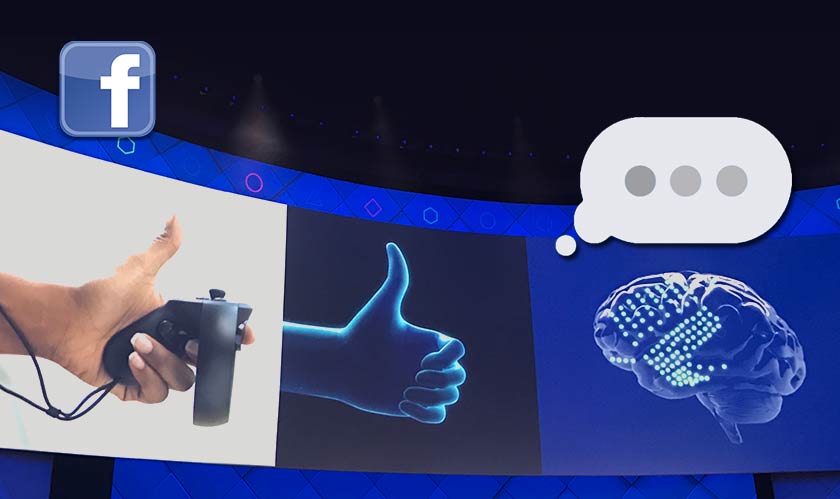In the field of neuroscience research scientist are constantly looking into different parts of the human brain attempting to understand how it’s different components work together to govern our body, emotions and actions. One questioning that is frequently asked is how does our brain put action sequences in the correct action order? Scientist have since developed two main models of serial order. The first model is known as the serial chaining model which believes that only one element of an action is active at a given time. In other words Action 1 of a sequence of actions has a high activation mean while the rest of the actions from that sequence are inhibited. Stimulation from action 1 provides the necessary feedback to trigger the next element in the chain. This goes on until all actions of a sequence are completed. The second well known model is the competitive queuing model which states individual elements of an action plan may be activated across a gradient. Once a part of that action is competed it becomes inhibited. Earlier elements in a sequence are most active with distal responses being less active but still more active than baseline. Neither model has been proven to be the single answer explaining how the brain conducts serial order task. However, what has been shown is that a model can fit better with specific order sequencing events than the other.
In an article titled “How the brain prepares for movement and action” Dr. Mantziara analyzed the study “ Neural Competitive Queuing of Ordinal Structure Underlies Skilled Sequential Action” conducted by neurologist at Bangor University and University college of London. The goal for their research was to determine how the brain prepares for executing well learned action sequences such as playing the piano. 16 right handed participants were trained for two days to pair abstract shapes with a five finger sequence in a computer based task. Participants were taught the sequence by watching a dot move from finger to finger on a hand that was displayed on a screen and then asked to press the corresponding finger on a response device. The sequences usually consisted of a combination of two finger orders with two different rhythms. On the third day of the study participants had to regurgitate the learned sequences from memory based on the abstract shape that was presented to them on a screen. The scientist measured the participants MEGs while they preformed each task. This allowed them to see the participants neuronal patterns which they planned and executed the movements. The data showed that milliseconds before the start of the movement all the finger presses were queued and arranged in an ordered manner. The activation pattern of the finger presses mirrored their position in the sequences they would perform. The experimental data reflected a competitive queuing pattern because it showed the brain prepared the sequence by organizing individual actions in order. The researchers also concluded that the competitive queuing mechanism acted as a sort of template that guided each action into a position. This would then provide the base for the correct production of new sequences. They also connected the brains ability to stay flexible and efficient at producing unknown combinations to its competitive queuing algorithm.
Dr. Behmer and his colleagues published a paper called “ Parallel Regulation of Past, Present, and Future Actions During Sequencing”. This paper aim to answer the questions how do we put our actions in order, and which model works best. The experimental set up for this paper was each participant was presented with a word, and they were asked to type out the letter with a green cue. 50% of the time the green cue would move forward to the next letter (N), and the other 50% of the time the green cue would move n minus 3 space or n plus three spaces. The participants’ reaction time were recorded on how fast they typed out the letter with the green cue. The data gathered was similar but did not exactly reflect the competitive queuing model. The fastest reaction time was for position n. However the graph mirrored itself after position n and before position n. There was a gradient of reaction time for future and past actions. For another part of that experiment TMS was used to generate a pulse, the MEP of the right index finger was later measure. The participants were asked to type out five letter words where the right index finger is required at five different positions per word. The TMS pulse was administered at the beginning of the word. That data showed greater similarity to the CQ model. This data showed evidence of inhibition, which is a key part of the CQ model.
In conclusion these studies can be used to shed light on disorders that lead to problems in sequence learning and control such as stuttering and dyspraxia. If researchers are able to understand how the brain executes these actions this can help in the development of treatment and therapy for these disorders.
References:
Mantziara, M. (2019, July 12). How the brain prepares for movement and actions. The Conversation. https://theconversation.com/how-the-brain-prepares-for-movement-and-actions-111674


I was suffering from Parkinson's since 2016 & life had become disastrous for me,72 % of my body was covered by Tremors.After taking product from www.ultimateherbalclinic.com under supervision of Dr Ernest Albrecht, I started getting results within 3 weeks of their dosage .One day I got extremely sick, could not keep anything down, difficulty standing, restless sleep,I Started taking this remedies 2 times daily Morning and Evening, I am writing this to inform others that nothing was really working to help my PD other than this product.I went off my previous medications (with the doctor's knowledge) and started on their Parkinson's disease herbal formula.Treatment went very well and tremors are gone.
ReplyDelete